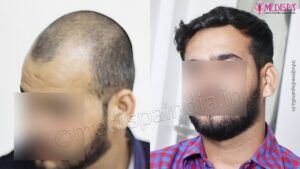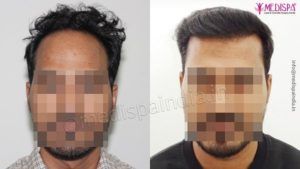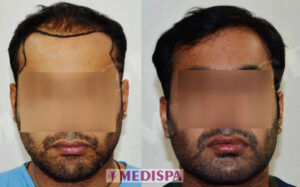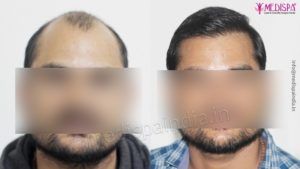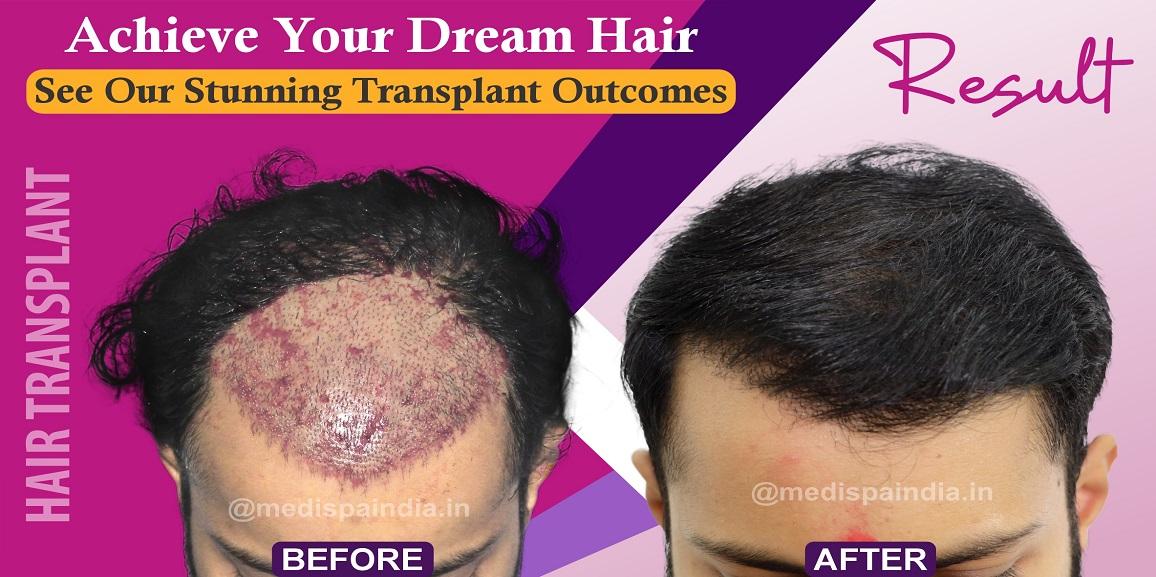
If there is one city in India that has been at the forefront of the IT revolution, it is undoubtedly Bangalore or Bengaluru. This rapidly growing city has experienced an astounding population growth in the past two decades. Often referred to as the “silicon valley of India,” Bangalore is home to numerous global MNCs and major IT firms, with their Indian headquarters located here. As a result, the pace of life in the city is fast, and income levels are relatively high. Consequently, there is a significant demand and supply for medical procedures in general.
When it comes to medical procedures, Bangalore offers a wide range of tertiary level healthcare facilities. However, the same cannot be said for cosmetic procedures, particularly hair transplants. While there are many small clinics scattered throughout the city, they have yet to establish a reputation for providing high-quality cosmetic procedures. This is also true for centres for hair transplant in Bangalore. Despite the presence of numerous clinics, the city lacks facilities that meet the standards of excellence. Many of these clinics either lack the necessary technological equipment or employ surgeons who are not well-known in the field.
The hair transplant cost in Bangalore is generally lower compared to Delhi or Jaipur. However, this is primarily due to the fact that the city does not offer high-quality procedures. The good news is that even in Delhi or Jaipur, the cost of hair transplant is quite affordable, amounting to only 20-25% of what a similar procedure would cost in the US, UK, or UAE.
If you are seeking exceptional hair transplant services, Medispa hair transplant clinic in Jaipur and Delhi is renowned worldwide. We are known for providing world-class hair loss solutions and delivering outstanding results following a hair transplant. With us, you can embark on a hair transplant journey that you will truly cherish, and achieve a world-class hair transplant.
Hair transplant: Basic procedure
Hair transplantation is a type of cosmetic surgery that involves extracting hair follicles from a selected donor area on your body and then transplanting them to the desired bald area where you want to achieve coverage. During the procedure, the surgeon utilizes your own hair to ensure permanent results, allowing for lifelong hair growth. This method can be considered as the ultimate solution for addressing baldness, as it enables you to achieve maximum hair growth with a completely natural-looking hairline. However, it is crucial to entrust your hair transplant procedure to skilled professionals in order to ensure successful outcomes. It is important to note that the procedure does not regenerate hair follicles; instead, it involves transferring hair grafts from areas with high hair density to the recipient areas.
Donor region and recipient region
The area from where the hair grafts are taken in a hair transplant is known as the donor area. It is important to carefully select hair follicles from this area that have permanent hair roots or are resistant to DHT. These DHT resistant hair roots do not have receptors for the androgenic hormone, which means they are not affected by it. As a result, the transplanted hair grafts do not thin or fall out and continue to grow for a lifetime. Common donor areas include the back and sides of the head, chest, armpits, beard, or pubic area.
On the other hand, the recipient areas are the areas where the hair grafts are transplanted, typically the areas with baldness where hair coverage is desired. The extent of baldness is determined using the Norwood classification, which helps in planning the hair transplant procedure and estimating the number of hair grafts needed.
What do hair grafts refer to?
Hair grafts typically refer to a section of tissue that is taken from one part of the body and transplanted to another. However, in the case of hair grafts, it does not involve harvesting the skin, but rather the extraction of hair grafts from the skin using either the FUT or FUE technique. Each hair graft can contain anywhere from 1 to 4 hair follicles. These hair grafts are carefully harvested from the donor area and safely transplanted to the recipient areas.
How is the number of hair grafts needed determined?
The number of hair grafts required is a critical decision that the hair transplant surgeon must make in order to successfully perform the procedure. This decision is based on the availability of hair density in the donor area. The hair density is typically assessed in the most common donor site, which is the back and sides of the head. If necessary, other areas of the body may be explored to determine if there is sufficient hair density. The number of hair grafts needed for the transplant depends on several factors, including the hair density of the donor area, the extent of baldness according to Norwood’s grading, the laxity of the donor skin, the patient’s budget, and the quality of the hair grafts. The hair transplant surgeon must make a judicious decision regarding the number of hair grafts to ensure that the harvesting does not exceed the safe zones, as this could negatively impact the outcomes of the transplant and the permanency of the hair grafts.
The cost of hair transplant in India is largely determined by the number of hair grafts to be harvested, which is quoted during the primary consultation.
Which method to harvest hair grafts?
The hair grafts for hair transplant are obtained through two primary methods, which are explained as follows:
- FUT hair transplant or strip technique: In this method, a very thin strip is harvested from the donor areas. This strip is then divided to separate each hair graft, which are subsequently transplanted to the desired bald areas. The donor area, from where the strip is taken, is sutured back using an advanced approach called trichophytic closure. This technique ensures that the donor site heals with minimal scarring, almost invisible to the naked eye. FUT hair transplant can successfully harvest around 3000 – 3500 hair grafts, making it the preferred choice for extensive bald cases and high-density hair transplant.
- FUE hair transplant: This technique involves extracting or pulling the hair grafts using a specialized instrument designed for this purpose. The extracted grafts are then directly transplanted to the desired bald area. However, this method carries a higher risk of graft damage, as the punch device is inserted into the skin, potentially damaging the hair roots. Therefore, it requires an experienced and expert hair transplant surgeon who can flawlessly perform the procedure. These skilled surgeons can visualize the angulations and directions of the hair roots within the skin based on their extensive experience in the field. FUE hair transplant can successfully extract around 2000 – 2500 hair grafts, making it a suitable technique for initial bald cases and facial hair transplant.
Is there a way to determine the number of hair grafts required for a hair transplant on your own?
Typically, the number of hair grafts needed is determined during the initial consultation. However, we recognize that you may want to have a rough estimate to gauge the approximate cost of the procedure. To assist with this, we have developed a hair transplant calculator, a specialized tool that allows you to self-assess the number of hair grafts required based on the extent of your baldness.

